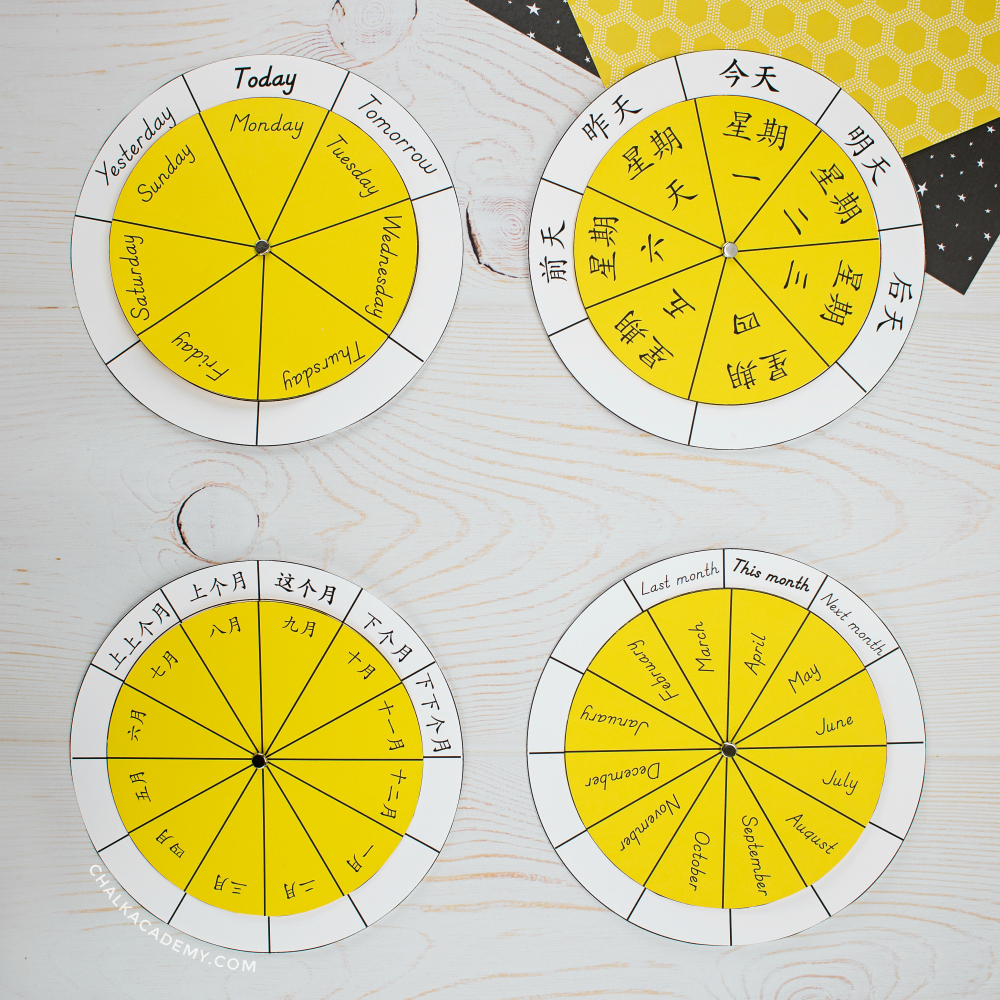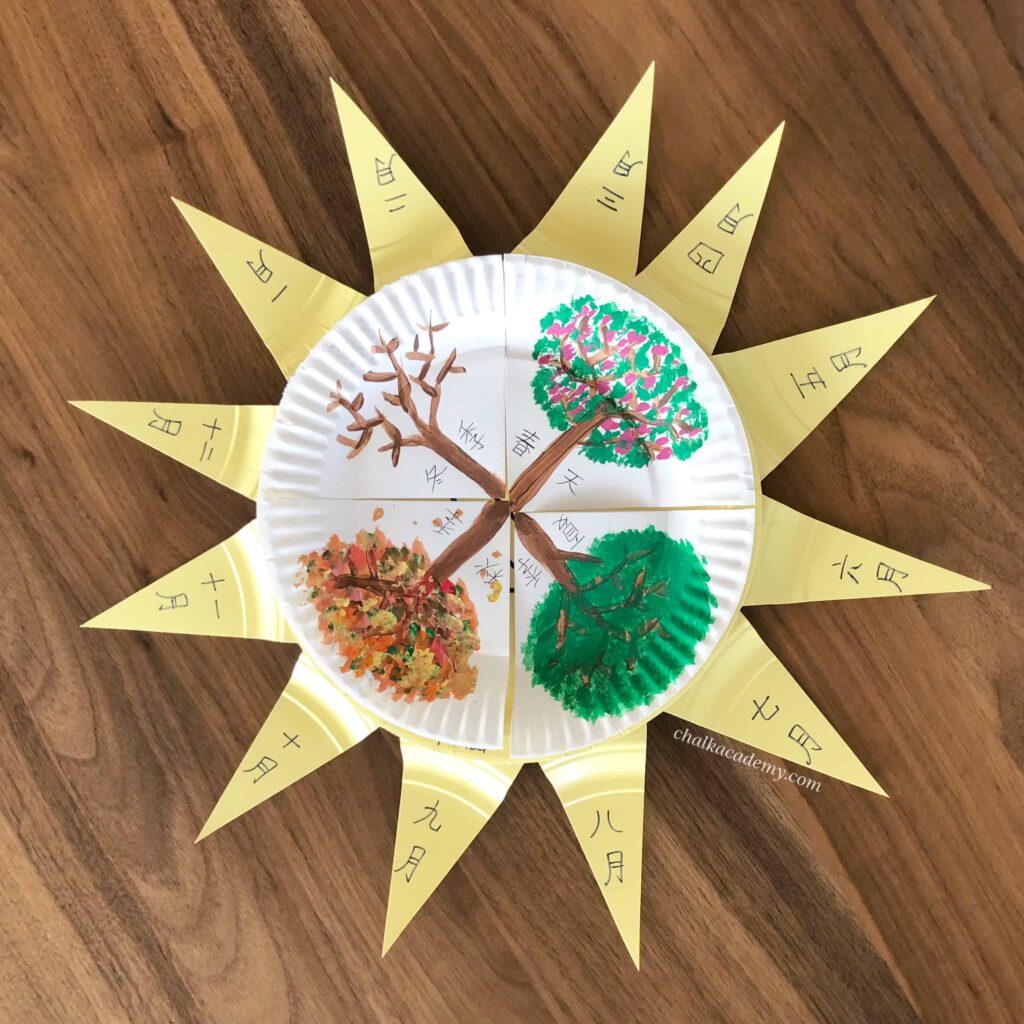Teach Kids How to Tell Time and Read a Clock
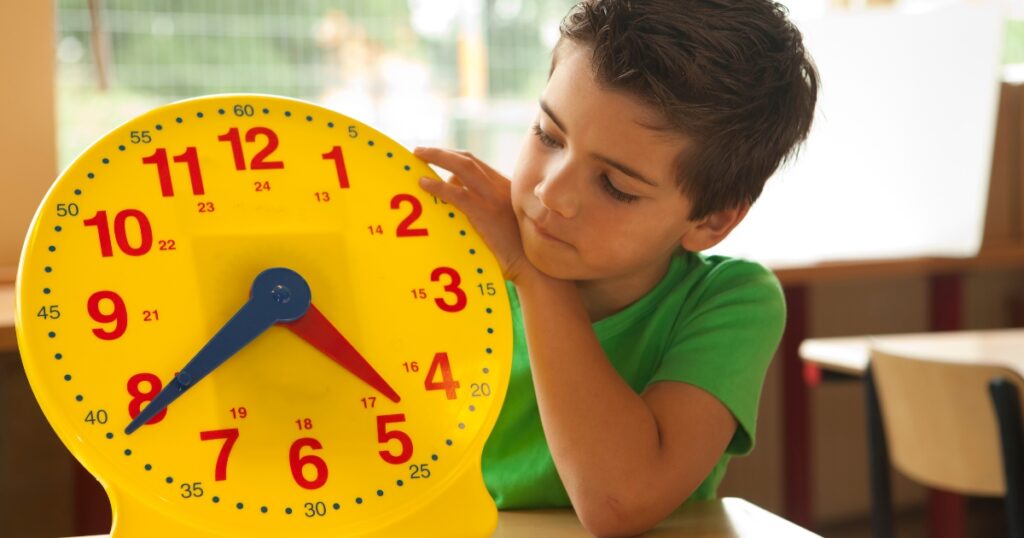
When and how should you teach kids to tell time? Learning to read a clock might feel daunting, but your child can have fun and feel empowered. In this step-by-step guide, I’ll share how I taught my children time with practical tips and tools.
Jump to the section that you’re working on with your child:
When to teach kids to tell time
During the toddler and preschool years, kids become curious about time as schedules and routines are a part of regular life. They want to know how long they can play. They ask when they can eat dinner and when their parents leave for work.
These casual conversations serve as building blocks for learning how to tell time.
Around first to second grade, or between ages 6 to 8 years, schools begin to teach kids how to tell time.
Even before formal lessons, kids often get curious about clocks. They might stare at an analog clock, waiting for their hands to move. Or they might eagerly wait for numbers to change on a digital clock.
Following your child’s lead will give you golden opportunities to teach the concept of telling time.
Recommended: 10 Fun Ways to Learn Math with a Hundred Board
How to get your child ready to tell time
Before kids learn how to read a clock, they need to understand the passage of time.
Narrate your observations
During your daily routine, talk about time as you move from one activity to the next.
Narrating your observations at different times of the day helps children learn about time. As you start the day, mention that it’s 7 o’clock in the morning. Point to the sky and describe how bright it is as you open the curtains.
At the end of the day, mention the time while describing the darkness of night.
Try this: Empower Kids with a Visual Daily Routine Chart in English, Chinese, Korean
Model checking the clock
As you switch to different activities during the day, let your child know when you check your watch or clock. This helps them understand that time is a concrete number; sometimes, tasks must be done at a certain time.
Use an analog clock at home
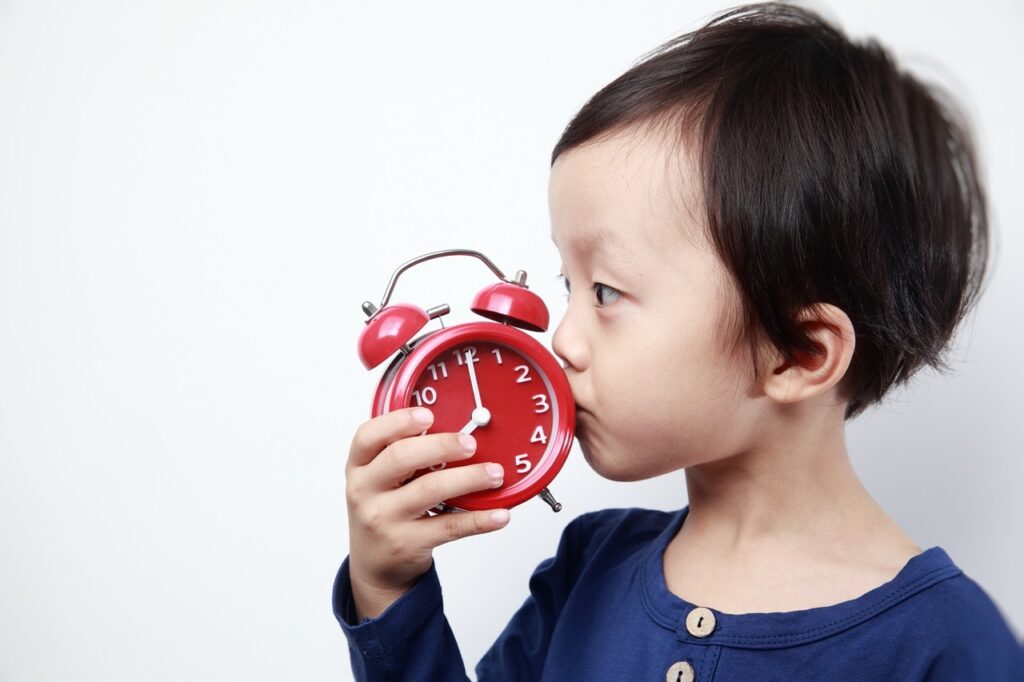
An analog clock is round with rotating hour and minute hands. Some analog clocks include a spinning seconds hand.
Usually, the clock face edge is marked 1 through 12, but some clocks may have Roman numerals or no numbers at all.
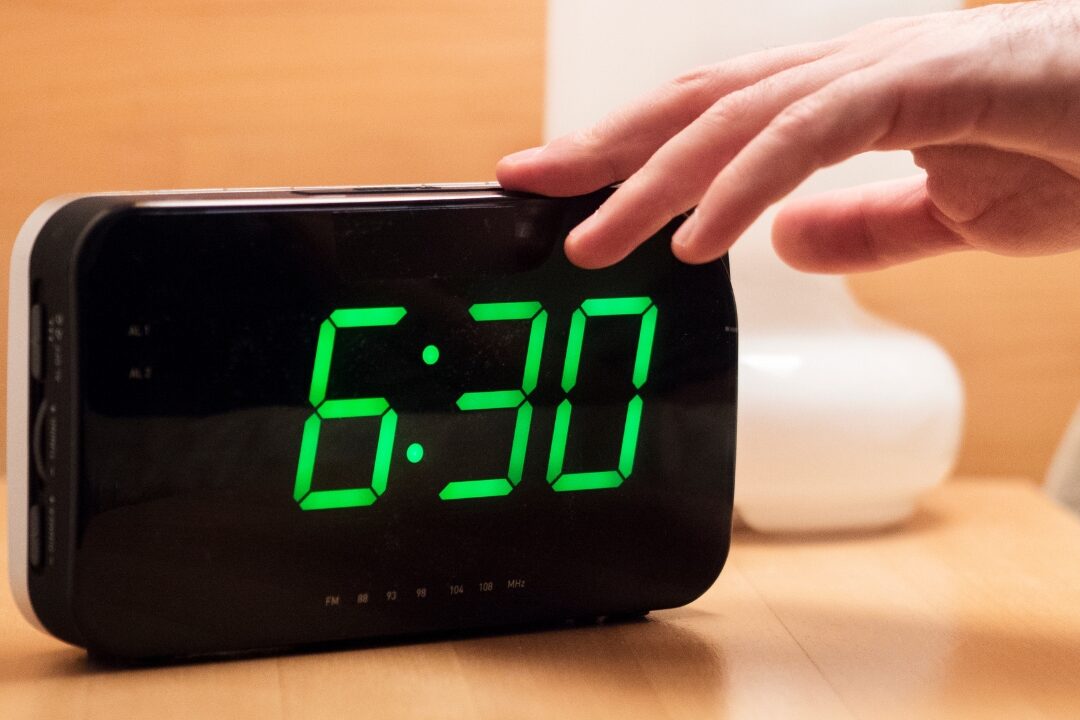
In contrast, a digital clock shows only the hour and minutes.
To help people see the time in the dark, digital clocks have illuminated numbers. (Unfortunately, a clock’s light can get in the way of better sleep for kids.)
Why is an analog clock better for teaching time?
- When kids can see the hands of the clock move to different numbers, they can see time passing by.
- While the tick-tock of a clock can be a nuisance, there’s a silver lining: kids can hear the seconds fly by.
- Mathematically, fractions are introduced through the concept of quarter past, half past, and quarter to X o’clock. In addition, a clock is usually marked every 5 minutes, helping kids visualize skip-counting by 5.
Try this: How to Teach Kids Basic Math for Free
Guide for teaching kids how to tell time
Since time is abstract for children, it’s important to simplify the learning process into concrete steps. Here are the key steps to teaching kids how to tell time.
Step 1: Introduce the parts of the clock
At first, the various numbers and lines can be confusing and overwhelming, so it helps to focus on the basics.
For starters, show the two main parts of a clock by drawing a picture of a circle with 12 numbers around the edges.
Activities can make these concepts fun and memorable if you’re feeling crafty. Here are a few hands-on clock activities to reinforce the 12 numbers in clockwise order. As a bonus, they strengthen fine motor skills!
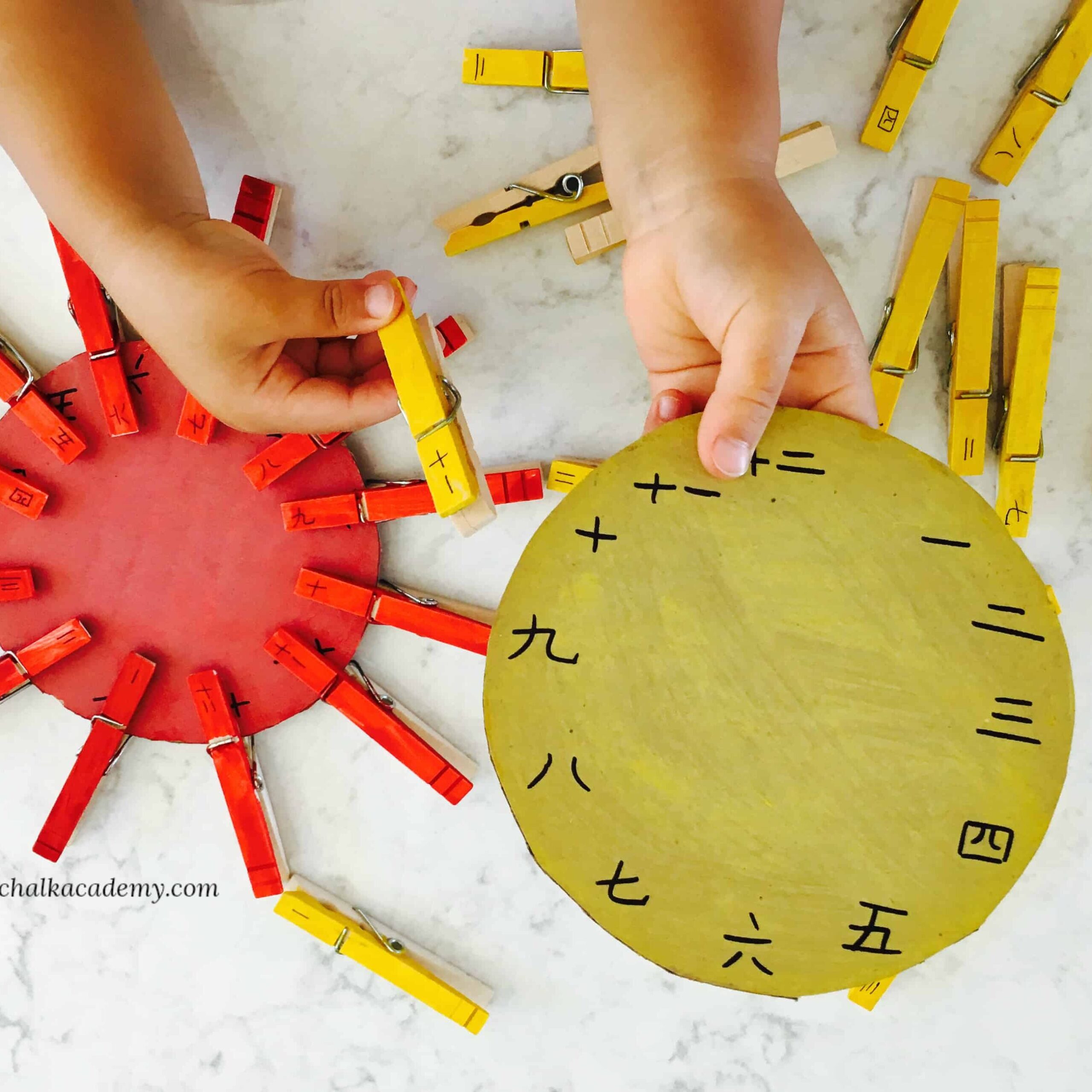
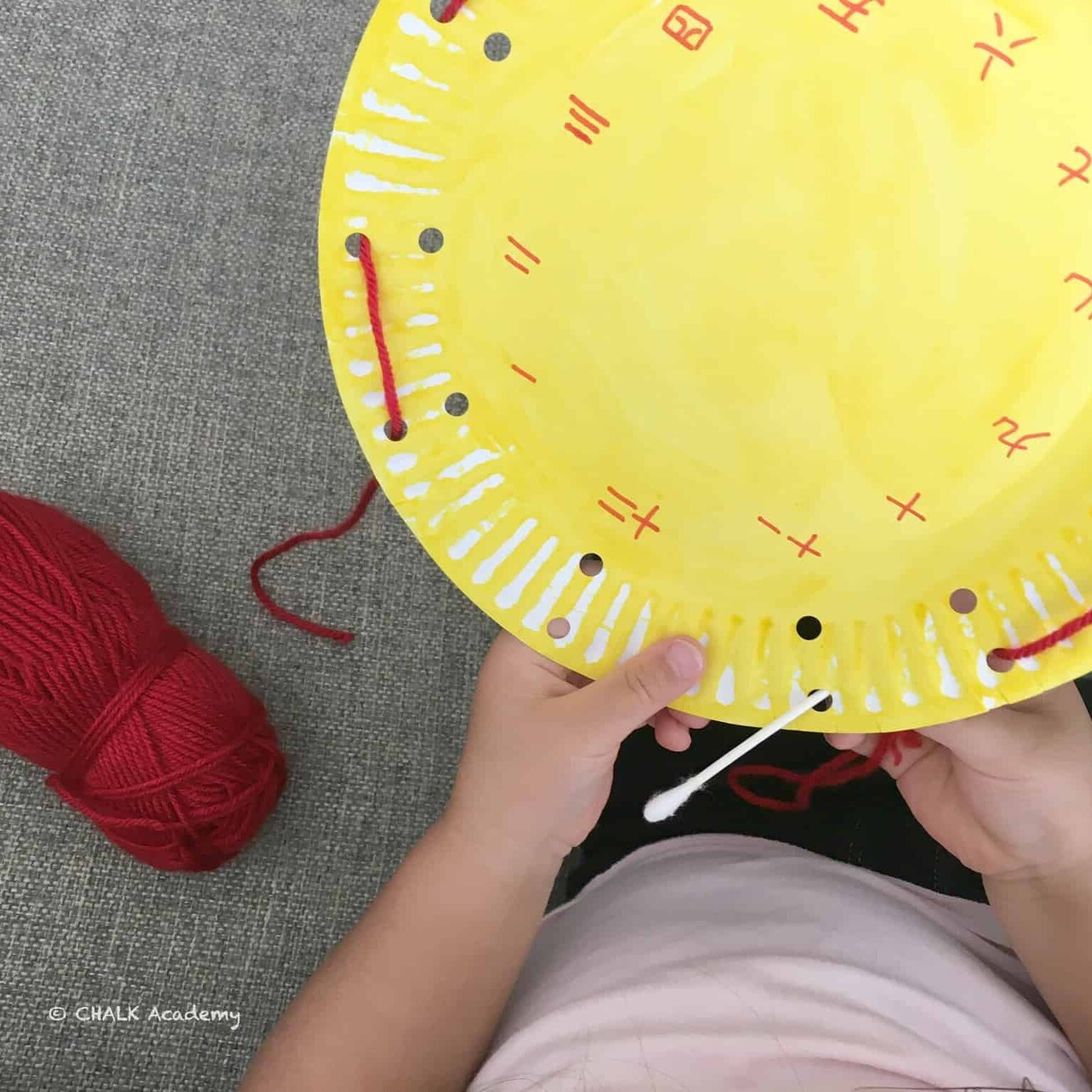

Step 2: Teach how to tell time to the hour
After your child understands the basic parts of a clock, introduce the short “hour hand.” Then, explain how to tell time to the hour. (Don’t worry about minutes for now.)
For example, when the short hour hand is on 9, it’s 9 o’clock. When the short hour hand is on 3, it’s 3 o’clock.
Step 3: Teach how to tell the minutes of time
After your child understands the concept of hour, it’s time to move on to minutes. Point out the 60 little lines that mark the minutes in an hour.
Then, show how clocks usually have two hands. The short hand points to the hour, while the long hand points to the minute.
Recommended: Fun Hundred Chart Activities in English, Chinese, and Korean
Step 4: Teach how to tell time by the half- or quarter-hour
After your child understands the concept of minutes, you can explain that minutes can be broken down into pieces like a pie.
Just as pie can be cut into halves or quarters, so can an hour. This will help kids quickly read 3:15, 3:30, and 3:45 on a clock.
Step 5: Teach how to tell time by 5-minute intervals
This is where skip-counting by 5s comes in handy. When your child has mastered multiples of 5, time-reading can happen more efficiently.
Best learning clocks for kids
To help kids learn how to read a clock, these tools are fantastic for making time tangible.
Wall clock

This colorful wall clock was designed just for kids! The numbers are easy to see, and the color-coded quadrants illustrate different periods. In addition, all 60 minutes are labeled for children to learn how to tell the exact time.
My son has this in his bedroom, but it would also be perfect for a classroom!
Large demonstration clock

The Learning Resources Demonstration Clock is an affordable tool for teaching kids time. This specific clock is a common staple in elementary school classrooms.
Your child can move the hour and minute hands to match an analog or digital clock in your house. The simple colors and clear numbers make this clock very easy to read.
Wooden toy clock
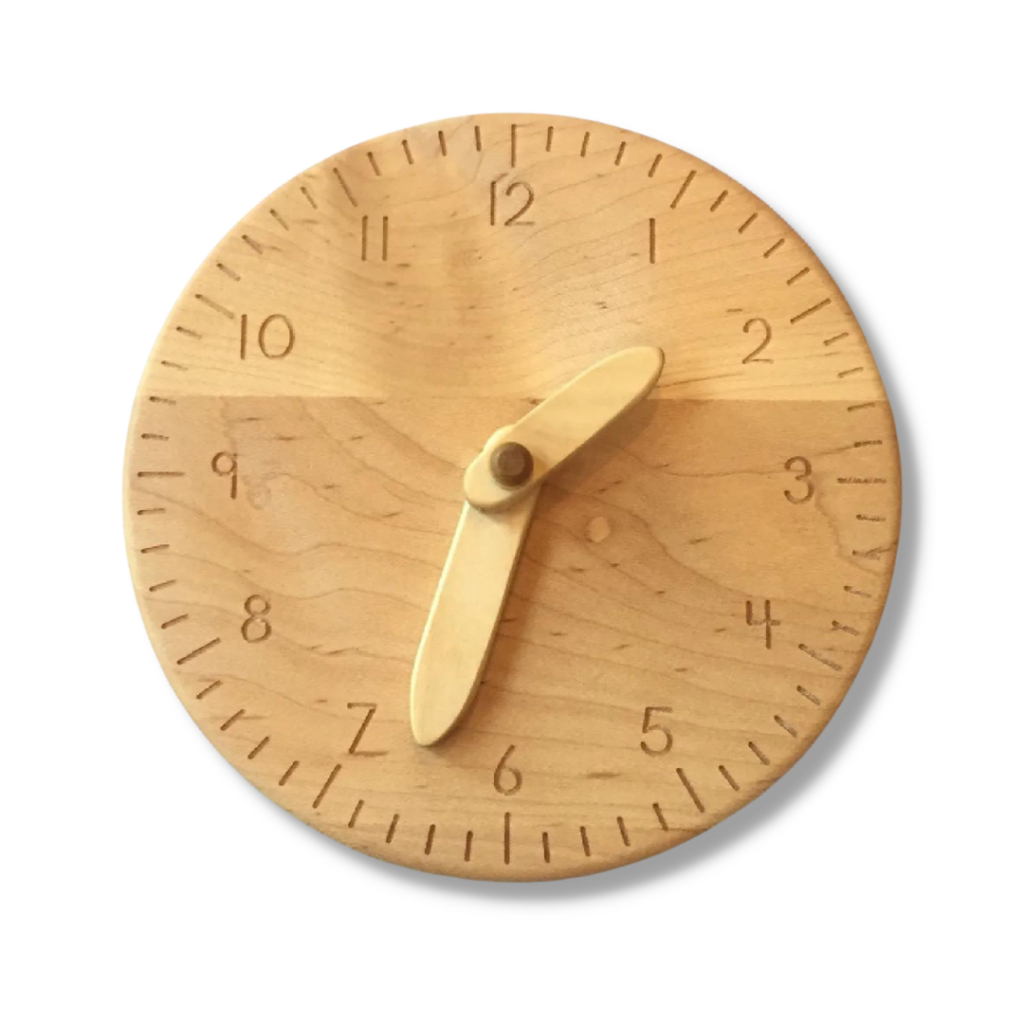
If you prefer natural materials, my children have had great practice with this small 6.5″ wooden toy clock.
The simple and clean design makes this a great beginner clock for learning basic concepts of time.
Are you teaching your child or student how to tell time?
What are your favorite ways to teach kids time? We’d love to hear about your experience teaching children how to read a clock. Please feel free to share in the comments below.

